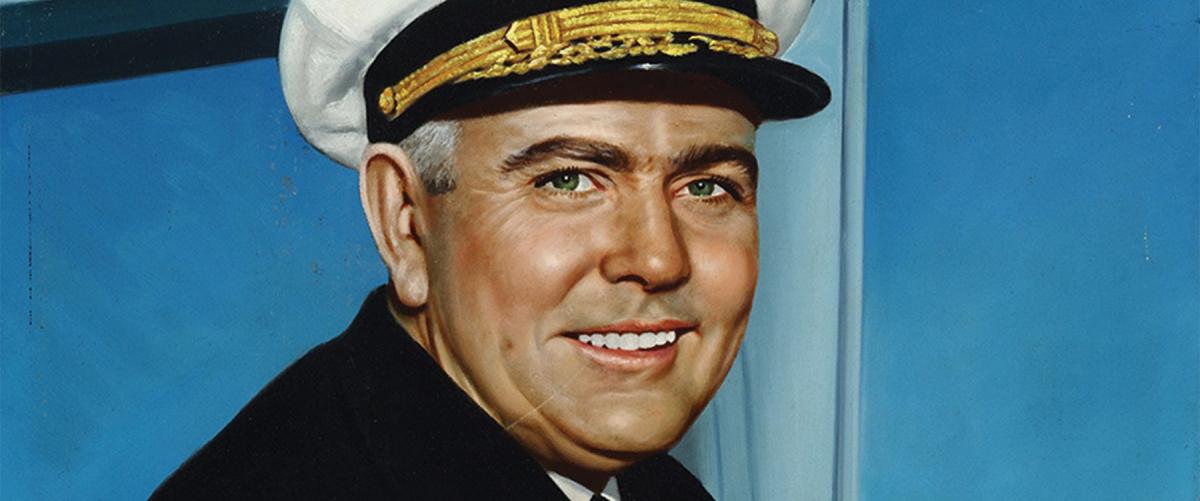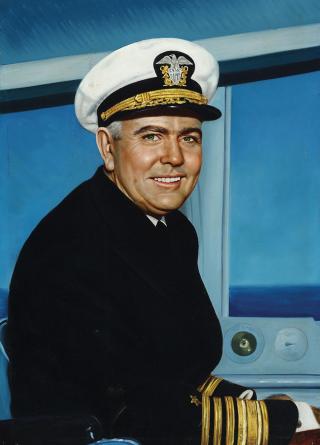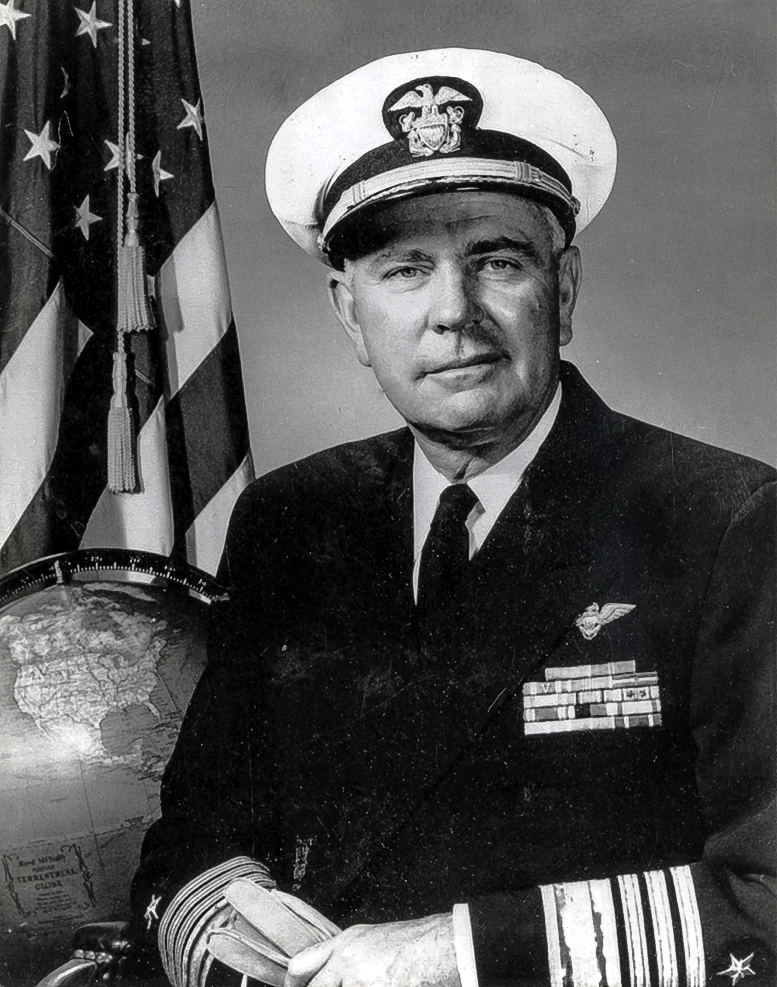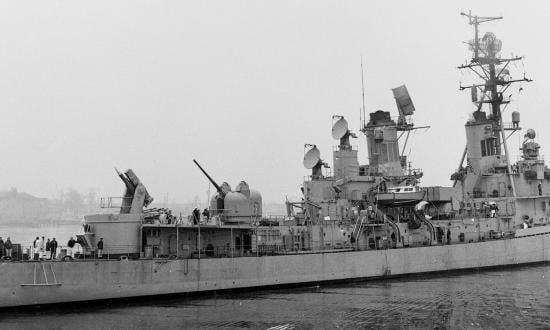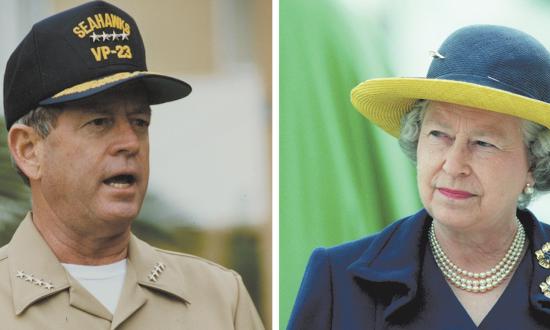During his 1961–63 tenure as Chief of Naval Operations during the presidency of John F. Kennedy, Admiral Anderson weathered the storm in the wake of the mysterious loss of the nuclear-powered submarine USS Thresher (SSN-593) (see “What Killed the Thresher?”). In his two-volume U.S. Naval Institute oral history, composed of interviews conducted in 1980–81 with Dr. John T. Mason, Admiral Anderson recounts his experience facing an earnest press corps amid the intense public scrutiny over the Thresher—and a certain slight friction resulting therefrom with the office of Secretary of Defense Robert McNamara.
One of the unfortunate experiences of a Chief of Naval Operations is always related to any disaster that involves a ship in the Navy. These are more frequent in the case of war—horrible losses we had at times during World War II, and sometimes subsequently—but it hits home particularly when there’s a disaster to a ship during normal peacetime operations. Such occurred in the loss of the nuclear-powered submarine Thresher in April 1963.
While returning to the United States from operations in the eastern Atlantic, the Thresher disappeared. She had been on a sort of refresher cruise after refitting. Once it became apparent that the submarine was missing, there was all sorts of speculation in the press. No definitive statements had been made and, of course, the families of the crew of the Thresher were all upset. In my opinion, as Chief of Naval Operations, there was very clear evidence that the Thresher had been lost, the cause of which I could not say precisely in more than speculative terms. However, this uncertainty that was going on in the press office of the Office of the Secretary of Defense was very distressing.
My public relations officer, Vince Thomas, came to me one morning and said, “Admiral, somebody’s got to say something definitive about the Thresher. The press is all upset, the families are upset, the country as a whole is upset, and nobody has the guts to say a thing.”
I said, “Well, what do you think I ought to do?” And he said, “I think you ought to go down and talk to the press conference down below.”
The Secretary of the Navy was out of town. I didn’t know where the Under-secretary, Paul Fay, was, but he was not qualified to speak on the subject anyway. So I said, “Do they want me to appear?”
He said, “Well, the OSD [Office of the Secretary of Defense] people, the press people, they would like to, but they don’t know what to do.”
I said, “Let’s call the White House.” I got the White House and said, “Somebody’s got to say something about the problem.” I gave them the reasons and said, “I’m going to do it unless I’m told not to.”
So I went down to the press conference, and the room was packed. I gave them what information I had and then said, “From my point of view, you’ve got to assume that the Thresher has been lost and that there is no hope for any survivors.”
They asked me various questions, and I answered them to the best of my ability, not definitively in terms of what could have been the cause, but speculatively about what might have been the cause. As I say, it was crowded. I answered every question as forthrightly as I could and said, “I’m sorry, but that’s all the information that there is. That’s all the information I have, and I’m giving it to you straight from the shoulder.”
I got up to leave, and I got wild applause. Then I went up to the office, and pretty soon the word came back that the members of the press had said it was the first decent press conference that the Office of the Secretary of Defense had had since the administration had been in—which did not enhance my relationship with the Office of the Secretary of Defense.
But at least it set the basic problem at rest until we could appoint a full board of inquiry on the thing.



